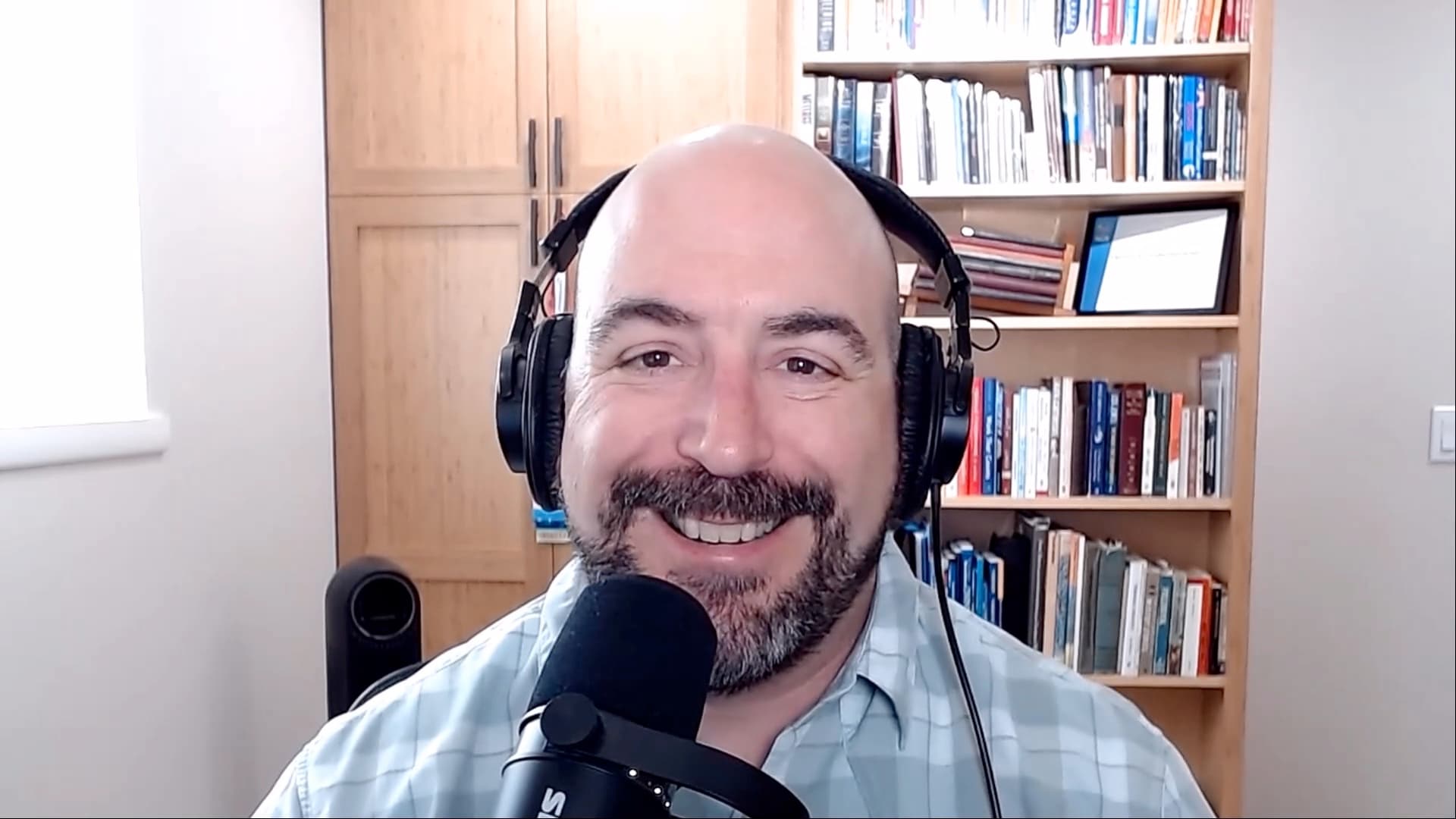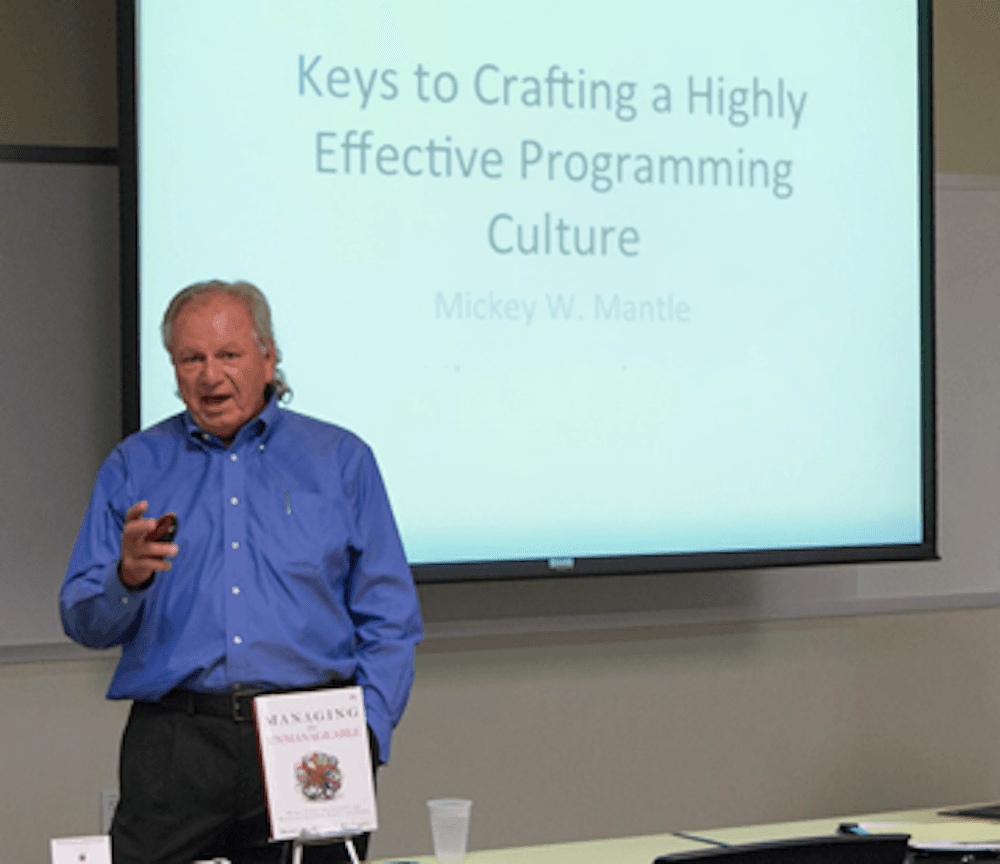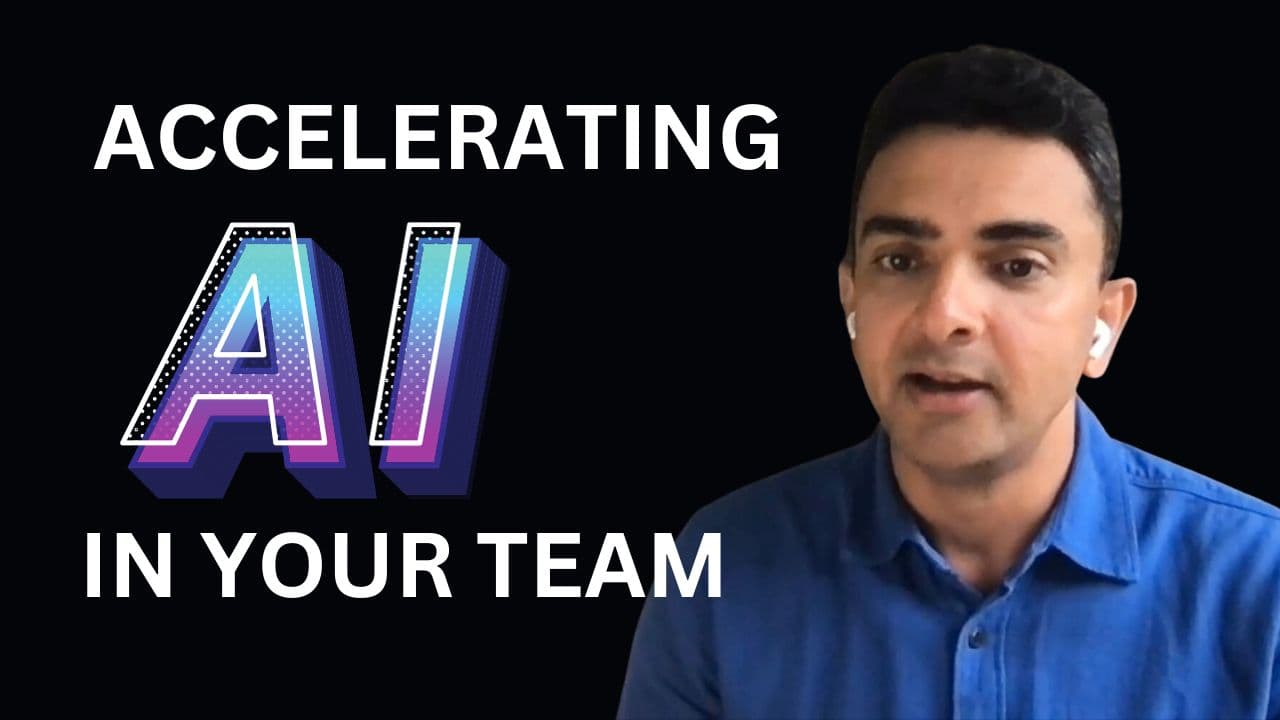
Unveiling the Secrets to New Manager Success
… [Read more](https://www.managersclub.com/unveiling-the-secrets-to-new-manager-success/ "Unveiling the Secrets to New Manager Success")


Napa Valley, California. I recently moved to Napa after decades in Marin, just north of San Francisco. My company has a small office in Las Vegas, but I work primarily out of my home office in Napa and travel to San Francisco, Silicon Valley, etc. as necessary for conferences, meetings, and consulting engagements.
Founder and CEO of Wanderful, Inc. – we publish interactive storybook Apps for iOS and Android tablets and phones, plus Mac and Windows computers. We’ve published over 70 different SKUs of these storybooks in US English, UK English, French, German, and Japanese and have more in the pipeline. I retired in 2011 from full-time employment and started this company the next month. It’s a long story, but you can read all about it on the company website.
I also have speaking engagements talking about management best practices (usually based upon topics from the Book I co-authored with Ron Lichty titled Managing the Unmanageable: Tools, Rules, and Insights for Managing Software People and Teams.

Also consulting engagements, primarily with startup companies, bringing my experience from seven successful startups to help these companies grow their teams and business.
Additionally, NSF (National Science Foundation) usually invites me 2-3 times a year to participate in their Small Business Innovation Research and Technology Transfer (SBIR/STTR) grant proposal reviews.
Plus I continue my writing activities, with articles about management best practices, some creative writing, and Ron and I have recently begun working on a follow-up book about Leading Technology and Technical Organizations.
Like most Programming Managers, I started my career off as a programmer (after graduating with a degree in Computer Science from the University of Utah). Even on my first job, I rather quickly became the Tech Lead on a massive project developing a real-time computer system to manage robotic conveyors and cranes in a 6 acre warehouse. I then went on to be co-developer of a real-time 3D graphics library for one of the first available 3D computer graphics systems at Evans & Sutherland (E&S) – a pioneering 3D graphics company. At E&S I fell into managing my peers and naturally grew into a software manager and later manager of all their 3D interactive products.
Becoming a manager was a natural progression for me; I guess I have natural leadership tendencies, since I was a self-starter even in high school and college when I taught music and played in a rock band (and was unofficial manager of the band) to put myself through college (at one point in time I had 66 private music students a week, plus practiced and played gigs in the band, and went to college full-time).
From my early teens, people around me always seemed to look to me for direction – so directing others seemed to be built into my DNA from early on, and it has continued to this very day.
My career has been spent on the “bleeding edge” of technology and entertainment.
Starting with E&S, our customers included many different industries (University R&D centers, Aerospace, Automotive, Pharmaceutical, etc.) but it was the early 3D special effects companies like Robert Abel who really made me excited. I worked with them closely to help them get the most out of our equipment, which was used to make special effects for the original TRON and Star Trek movies.
Later, as an early hire by Pixar, I managed the software development of all their external 3D graphics products (including RenderMan, which has produced special effects for an incredible number of Academy Award-winning movies).
As CTO/VP of Engineering at Broderbund Software, I oversaw the development of vast number of successful games and educational products and oversaw teams of programmers, systems programmers, artists, animators, sound designers, musicians, and QA staff.
As SVP of Development at Gracenote, we produced one of the first web-services based digital information systems for identification of music and video media and retrieval of metadata that is embedded in Apple iTunes and powering the success of Apple’s iPods and serviced thousands of consumer electronics companies worldwide (including companies like Sony, Samsung, Yamaha, LG, Ford, Toyota, etc.) with on-line and embedded services and products.
With that background, I can now try to answer your question. In all these various startup companies I was in (and all were startups, at various stages when I joined them) the technology was exciting, but even so customers were at a premium. Almost every startup struggles with sufficient revenue to match their appetite for growth and I learned that understanding your customer – their needs and what they are willing to pay for – is the key to a successful startup! As a manager you have to keep that in your “front of mind” as you work day-to-day to do those myriads of things that a technical manager must do in a growing company:
My biggest challenge has always been to do all this while dealing with (all too often) crazy management directives and needs. This challenge has been the same in every company I’ve been in – to a greater or lesser degree depending on the company – but this challenge always has been there.
My co-author Ron and I agree strongly that the most important job a manager has is to hire the right people. It’s why it’s number 1 on my list above. I’ve probably hired thousands of people (directly or indirectly) over my 40+ year career, and I know my approach to hiring improved over time. Early on I was probably looking more for specific experience. But I gravitated to the following attributes for those I hire:
These are all important attributes, but I’ve often said I know where to go to hire smart people but don’t know where to go to hire passionate people. I’ll take passion over experience any day.
My primary advice would be to learn from others who’ve already taken the hard knocks. That’s primarily what drove Ron and I to write the book we wrote. We wrote the book we wished we’d had when we first started out managing programmers. And based upon the comments in a number of the 5 star reviews we’ve received on Amazon, the information we have provided has hit home with many readers who have benefited from our experience.
Another piece of advice, which was probably the hardest thing for me to learn as a manager, is to accept the fact that you’re always going to be making mistakes – especially in hiring. Be prepared to fix those mistakes as quickly as you recognize them. Accept responsibility and take corrective action as soon as possible. If you hire the wrong person, fire them within the 90 day probationary period when it’s easy. If you find out after that, put them on notice to improve or be gone.
When hiring managers, one of the key questions I ask is “How many people have you fired?” You’re really not a manager until you’ve fired at least one person for performance related issues.
My work day varies, especially over the past year as I moved from my long term residence to a new house in Napa Valley. There are a wide variety of things to do, and we’re not really settled yet!
But a typical “work day” would likely start by reviewing my calendar first thing, to remind myself of any appointments or meetings I have to plan for during the day. Then reviewing any email/msgs that have come in over the evening/night and responding appropriately.
Then I do one of the most important things to any successful manager; create a daily “TO DO” list of the things I want to accomplish TODAY, which starts by transferring over the list of things I didn’t get done from the previous day’s list.
I find that keeping a daily calendar with appointments and a daily TO DO list of things I want/need to accomplish brings great focus to my life. So even though I’m now semi-retired, I continue to manage my life the same way I did when I had hundreds of people reporting to me (directly or indirectly).
Focus. I have an incredible ability to focus on what I put my mind to and tune out the rest of the world around me.
The one tool I can’t live without is one I have used for almost 25 years now – an electronic “Rolodex” for maintaining contacts. It allows you to scan in business cards, making the collection of contacts easier and each contact can be categorized by one or more (editable) types. But it’s the capability to add free form notes of all kinds with a “keyword” search capability that makes it so powerful. I keep all kinds of information in this searchable database of information and can dig up almost anything that I need to access immediately. Another plus is it keeps all my contacts securely in one place, without needing to go on-line to access it. I keep the file encrypted, yet access to any of the information is instantaneous. It has been my secret weapon because I can call up contacts or consultants immediately, along with the notes on their capabilities, when I talked to them last, etc. The fact that it now contains many thousands of personal contacts and tidbits of information makes it very important to me.
The book Ron and I wrote, of course! But additionally, if I had to recommend just one book I would suggest that every manager read the book that inspired Ron and I to write our book – Fred Brooks’ The Mythical Man Month (silver anniversary edition). Though it recounts the creation of OS 360 – technology that is now over 50 years old – its lessons are still relevant today.

But of course, I wouldn’t recommend just one book. There are only a few books about managing technical people, and I recommend that any manager interested in mastering his/her craft get them all and glean as many insights from them as possible.
LinkedIn is probably the best: https://www.linkedin.com/in/mmantle
Also, managingtheunmanageable.net and wanderfulstorybooks.com
This series asks engineering managers to share their experiences with the intent of helping other engineering managers learn and improve. Have someone you want to see featured or questions you think we should ask? Contact me.

… [Read more](https://www.managersclub.com/unveiling-the-secrets-to-new-manager-success/ "Unveiling the Secrets to New Manager Success")

… [Read more](https://www.managersclub.com/accelerating-ai-in-your-team-strategies-for-success/ "Accelerating AI in Your Team: Strategies for Success")

In this video, Rajesh Janakiraman, an engineering manager at Google, shares his insights and experiences on leading business critical projects while ensuring his team remains motivated and doesn’t burn out. Business critical projects can be intense, high visibility deadlines that often shift roadmaps and include executive-level oversight. Building the right team, maintaining communication, and managing expectations around these challenging projects are crucial to preventing burnout and driving results.

Are you on the lookout for a collaborative, engaging community tailored specifically for your role? Look no further! Introducing the Managers Club Discord server dedicated to leadership in engineering. We’re a community of engineering managers, team leads, and CTOs who come together to share experiences, best practices, and insights.

Are you an Engineering Manager curious about gauging your effectiveness and success in your role? In this insightful episode, we dive deep into metrics and stakeholder management with Ivan Bilan, an experienced engineering manager. Discover the core metrics for measuring engineering manager performance in people leadership, product quality, delivery, and self-promotion, and learn the importance of stakeholder management in driving team success. In this video, we will be looking at how to measure success and performance for managers. We’ll be exploring different methods and tools that managers can use to measure their own success, as well as the success of their team. Don’t miss out on these valuable insights and strategies!

In this engaging conversation, experienced technical recruiter Kate Parton shares vital advice and insider tips for candidates seeking job opportunities in the tech industry. She discusses red flags to watch for, navigating compensation discussions, common misconceptions about the recruiting process, and how to make the most of your partnership with a recruiter. Discover the role of social media and the rise of AI in the hiring process. Kate shares valuable tips and advice on making your job search and interview process smoother and more successful. Tune in for an insider’s perspective on the world of recruitment and how to avoid common pitfalls!